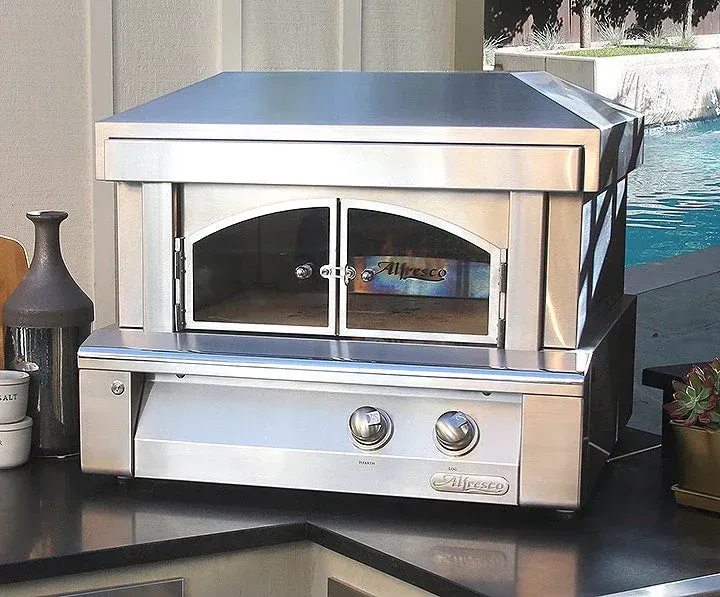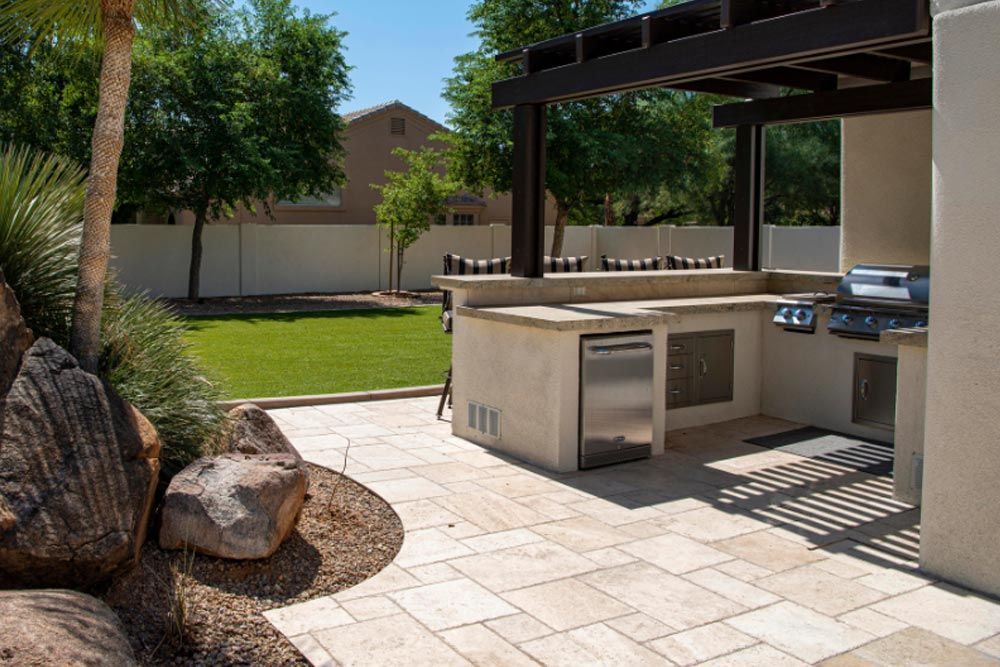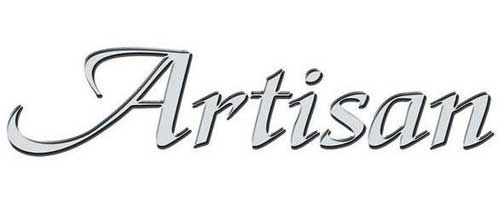How to Make Your Fireplace More Efficient
Fireplaces bring warmth and ambiance to a home, but they can also be a source of energy loss if not properly maintained or upgraded. Whether you have a masonry fireplace or a factory-built model, there are steps you can take to boost its efficiency. This guide will help you transform your fireplace into a cozy, efficient heat source.
Understanding Masonry Fireplaces
Masonry fireplaces are traditional structures made from brick, stone, or concrete. They’re known for their aesthetic appeal and durability but often lack the efficiency of modern alternatives. If you own a masonry fireplace, you might be wondering:
- Are masonry fireplaces still a viable option in modern homes?
Absolutely, with the right upgrades. - How long do masonry fireplaces last?
With proper care, they can last decades or even centuries.
Learn more about masonry fireplaces and their role in today’s homes.
Tips to Improve Fireplace Efficiency
Install a Fireplace Insert
- A fireplace insert is a sealed unit that fits into your existing fireplace. It increases heat retention and reduces drafts.
- Inserts are available for wood, gas, or electric fireplaces.
Use a Heat Exchanger
- Heat exchangers capture warmth from the fire and circulate it into your home.
- They’re a great way to make the most of the heat your fireplace produces.
Add Glass Doors
- Glass doors prevent heat from escaping when the fireplace isn’t in use.
- They also improve safety by keeping embers contained.
Install a Chimney Damper
- A damper helps control airflow, keeping warm air inside and cold air out when the fireplace isn’t in use.
- If your damper is old or damaged, consider upgrading to a top-sealing model for better efficiency.
Burn Seasoned Wood
- Only use dry, seasoned wood with low moisture content. Wet wood burns inefficiently and creates more creosote buildup.
- Hardwoods like oak or maple burn longer and hotter than softwoods.
Consider Gas or Electric Conversions
- Converting your wood-burning fireplace to gas or electric can significantly improve efficiency and reduce maintenance.
Reflective Fireback
- A fireback is a metal plate placed at the back of the fireplace. It reflects heat back into the room, increasing warmth.
Regular Maintenance
- Schedule annual inspections and cleanings to keep your fireplace and chimney in top condition.
- Remove creosote buildup to maintain proper airflow and reduce fire hazards.
Contrasts Between Masonry & Factory-Built Fireplaces
- Masonry Fireplaces: Traditional, durable, and long-lasting. They require more maintenance and are less efficient unless upgraded.
- Factory-Built Fireplaces: Pre-fabricated, highly efficient, and cost-effective. They’re easier to install and maintain but may lack the charm of masonry.
Explore more about
indoor fireplaces to find the perfect fit for your home.
Key Takeaways:
- Install inserts and glass doors for better heat retention.
- Use seasoned wood and reflective firebacks for optimal performance.
- Regular maintenance is essential for both safety and efficiency.
What Type of Fireplace Adds the Most Value?
- Gas Fireplaces: Low maintenance, high efficiency, and modern appeal.
- Masonry Fireplaces: Timeless charm and durability add significant character to a home.
- Electric Fireplaces: Budget-friendly and flexible installation options.
Learn more about the
pros and cons of different fireplace types.
Conclusion
Making your fireplace more efficient doesn’t have to be a daunting task. With a few upgrades and regular care, you can enjoy a warm and energy-efficient home all season long. Explore our collection of
fireplaces at
Embers Grill & Fireplace Store to find the perfect solutions for your needs.













